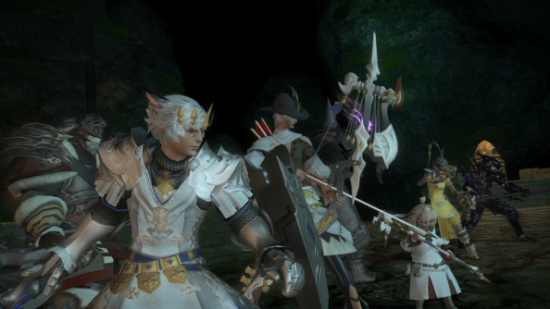Final Fantasy XIV is one of my favourite MMORPGs. We think it’s one of the best MMOs ever created. It has an incredibly engrossing story, engaging combat, and is arguably one of the prettiest MMOs around.
But some of its best and unique features are also hard to stomach for a lot of new and potential players, through a combination of ambiguous terms and intimidating depth. I’m here today to tell you that this doesn’t have to be the case. We’ve dissected and de jargoned FFXIV’s unique systems so that it’s easier to digest for people still on the fence, and new players alike.
So: here’s what you need to know to play Final Fantasy XIV. And you definitely should.
If you’re still to pick up Final Fantasy XIV – maybe you’re still on the fence – don’t forget that there’s a two week free trial available to take advantage of. It will allow you to reach level 20 within the game, and give you a taste on what you can expect. You can download the free trial here.
There’s also something to note if you decide you want to commit to purchasing Final Fantasy XIV. If you chose to pick up the game on Steam, you’ll be locked into only being able to purchase future content – like the Heavensward expansion – for the Steam platform; you’ll need a Steam key of the expansion in order to upgrade. However, if you purchase from somewhere that doesn’t require Steam, providing you with a standalone client, you’ll be free to pick up future content from wherever.
There’s absolutely zero differences regarding the actual game itself between each method of acquiring Final Fantasy XIV, but using Steam may restrict your ability to get a better price.
With that out of the way, let’s get onto the guide.
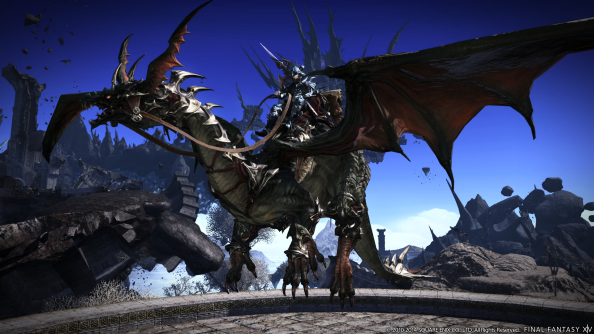
Heavensward has made it easier than ever for new players
With the release of the new Heavensward expansion, it’s never been a better time to pick up and try Final Fantasy XIV. Because accessing the Heavensward content requires you to have completed the entire main story line – a lengthy feat which includes going from level 1 to 50, and then five patches worth of content – some players can be put off.
But Square Enix still stand by it; just like any Final Fantasy game, FFXIV is a heavily story driven game; you need to know what the hell is going on to really appreciate it.
That doesn’t though that the devs aren’t going to give new players a helping hand. For one, every main story quest has had its experience reward doubled, allowing players to easily reach max level and beyond without having to sink time into sidequests and other means. There’s also been some high-level equipment added to the rewards, giving you a full set of item level 110 gear by the time you’re done with it all.
Additionally, new players will be granted priority access when using the Duty Finder – FFXIV’s version of an instance queue, used for dungeons, raids etc. Some of the main story quests require the completion of these instances, so being able to quickly find a group means less time waiting and more time progressing.
And if you have some helpful high-level friends, they can also boost you through the instances with their powerful gear and abilities.
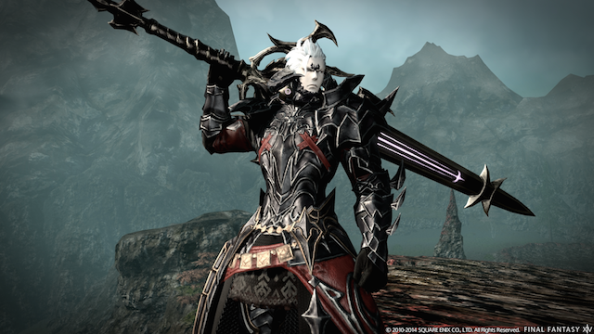
The Class/Job system is endlessly enjoyable
Final Fantasy XIV is unique to others when it comes to its class system, and here’s why:
- Once a player reaches level 10 with their starting class, they can switch freely between any class in the game. This is done merely by equipping a classes weapon.
- Each class has its own unique leveling progression. This means that if you have a level 30 Lancer, but switch to a Gladiator for the first time, your Gladiator level will start at 1.
- Once you get a class to level 30, you can raise its designated secondary class to level 15 to unlock a specific Job, which unlocks powerful abilities and traits. Pugilists – hand to hand combatants – can level up a Lancer to 15, to which they can then become a Monk. Every class can progress into a Job; Arcanists however can chose between two Jobs.
- A Job can also borrow certain skills from its secondary class, which can be switched around at any time.
- The only exception to this is with the brand new Jobs introduced in Heavensward, which require no classes – yet can still borrow skills from its secondary – and start at level 30 once unlocked.
Gone are the days that you require alts to try out other styles of play – this system gives you flexibility to try your hand at everything. You’ll also receive an experience bonus for each class you get to maximum level.
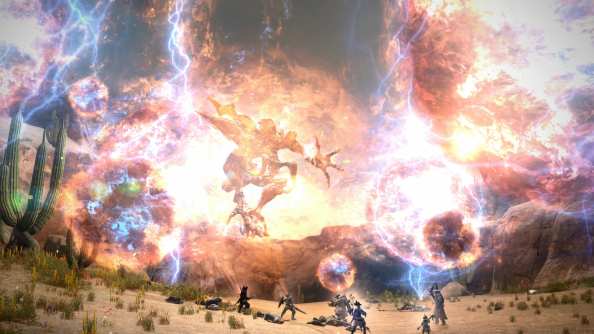
What the hell are FATES, Guildhests and Guildleves?
There’s some pretty unique terminology used in FFXIV, which may throw off some players. But fear not, I’m going to decipher them, why they’re important, and what they do for you.
A FATE stands for Full Active Time Events. Basically, they’re public quests that occur randomly across Eorzea; much akin to Guild Wars 2’s dynamic events. Just by opening your map, you’ll see any that are currently active, there intended level, and remaining duration. There are many different FATEs – some require you to kill waves of enemies, defeat one giant boss-like creature, defend an NPC and collect items.
Depending on the amount of input in a FATE, you’ll be awarded with either a bronze, silver, or gold medal, with scaling Gil and experience. You can also participate in a FATE even if you’re over the recommended level; if you’re more than five levels ahead, you’ll be required to sync your level down to be able to reap any sort of reward.
Guildhests are nothing to be afraid of. When you’re level 10, you’ll unlock your first one, which can be accessed via the Duty Finder. They’re similar to dungeons, in that they require a party to complete, but often just focus on one objective. Apart from a big one-time bonus for completing Guildhests for the first time, they’re primarily intended to teach new MMO players on working together, and about their roles of tanking, DPS and healing. Regardless, they’re worth doing for new players and veterans alike.
Finally we come to Guildleves – they’re just different name for repeatable quests. There are different types of these quests: Battlecraft Leves are quests involving dispatching enemies, and have the option to have their difficulty increased for better rewards. Tradecraft Leves require you to hand in specific crafted items, and if the player hands in high quality items the experience reward is doubled. Fieldcraft Leves give players the task of gathering materials within a certain time limit. You only have a limited allowance of Levequests – players gain three allowances every 12 hours, stacking up to 100.
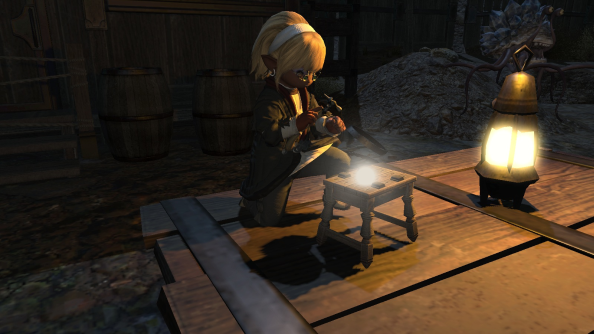
The Gathering & Crafting system is just as deep as combat
The gathering and crafting system of Final Fantasy XIV is again very unique, but also shares some similarities with how classes work. As soon as you reach level ten, you’ll be able to go to a nearby city and unlock each crafting/gathering class, which can be used by again, equipping its specific tool, much like your combat class. You’re not limited to the number of gathering and crafting classes you can learn, and they all share seperate experience progression.
Crafting itself isn’t just “click to make this with X ingredients” either. You can play a sort of mini-game with you abilities to create your item – the aim is to successfully craft the item, with the highest possible chance of it becoming a high quality item, and without breaking it which results in a loss of materials. As we mentioned above, high quality items reward double experience, but they also give off better stats than their normal counterparts.
Each crafting class has its own set abilities: they do things like increase the durability of an item, increase an action’s success rate and increase the quality; some give more quality, but at a reduced success chance. Keeping in mind that some of these actions reduce an items durability, almost all also consume a resource called CP. Just like combat classes, you can also borrow some abilities from other crafting classes once you’ve unlocked them.
All in all, it’s a juggle between managing your CP, item durability, and crafting progress.
Gathering is very similar. There are three on offer: Miners extract minerals from stone, Botanists harvest wood and plants, whereas Fisher’s naturally reel in the fish. You will use your abilities to hunt out and find hidden nodes to harvest whatever it is you’re gathering. Just as CP was a resource to crafters, GP will be a gather’s resource, which is spent on increasing the chance of harvesting high quality materials. Gathering classes also come with some cool abilities – an example would be the Miner/Botanist ability to stealth past enemies in order to get to dangerous high-risk nodes.
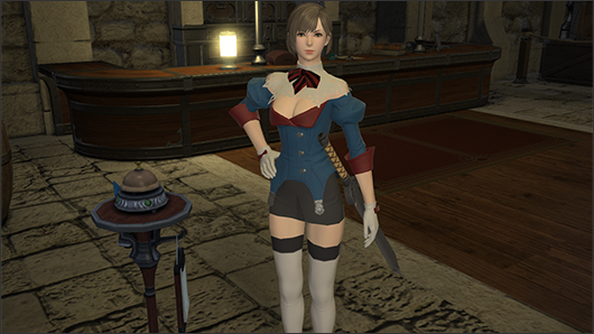
What are Retainers?
Around the level 20 mark in the main story quest chain, you’ll unlock the ability to hire your very own Retainer. These are custom-made NPCs who can store excess items, sell items for you on the market and even be sent off on adventures of their own with Ventures. Once you unlock Retainers, you’ll need to head to the Retainer Vocate in any major city. There, you’ll get to customise them completely, just as you did with your character, assign them a personality, and give them a unique name.
From then on, you can summon your Retainer by interacting with a summoning bell, which are located in each major city, in your inn room, and some special encampments around Eorzea that are naturally highly populated. With an inventory space of 175 slots, they have room to hold plenty of items; even untradable ones. You can also store Gil on them too. Using them to sell items on the market will send any Gil straight to their storage for you to pick up later.
Retainer Ventures are mini-missions that you can send your trusty servant on. You can equip your Retainer with gear just like yourself, from combat classes and gathering classes. The better stats they have, the better rewards they’ll be able to get from ventures. Here’s a list of ventures you can send them on:
- Hunting
- Mining
- Botany
- Fishing
These will reward you with items related to the venture itself, e.g. Hunting will give you items that are found on slain monsters, whereas Botany will provide wood and plant material. There’s also Exploration variants of all four mission types, which take a lot longer to complete, but give your Retainer much more experience before completion; perfect to set up before you go to bed. The Quick Exploration venture is the last of the lot – it will send out your Retainer to go and fetch a single item, but that item can be just about anything: from junk, furniture, to end-game gear.
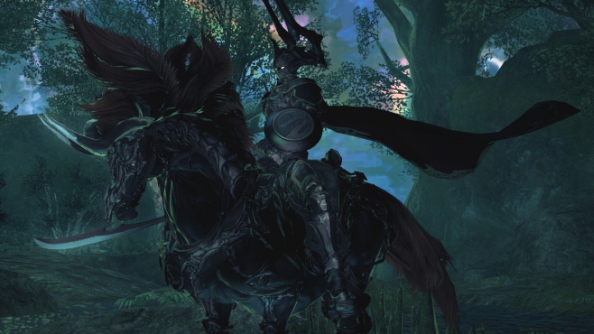
Explaining the Spiritbonding & Materia system
The last of FFXIV’s weird terminology is Spiritbonding and Materia – both extremely useful to just about any adventurer. In essence, Spiritbonding is the act of creating Materia from gear, and Materia is used to augment gear to give it additional stats; think gems in World of Warcraft.
When you earn experience by slaying enemies, crafting items or gathering materials, an item’s Spiritbonding progress will increase until it reaches 100%. Once a piece of gear is Spiritbonded, you can convert it to a random Materia. However, converting a piece of gear that’s appropriate for say a Pugilist or Rogue, would provide Material suited to those classes.
Depending on the item level of the gear, it will provide different levels of Materia when converted. So a gear with item level of 60, can be converted to provide Materia IV. High quality gear will Spiritbond faster that normal quality ones, and for every Materia inserted, it will also Spiritbond faster; finding junk Materia off the market is perfect for taking advantage of this.
Any gear can be Spiritbonded, but only “convertible” gear can be actually consumed to produce Materia. Also, if you gain any Spiritbonding experience on an item, it becomes untradable to you; essentially soulbound.
Spiritbonding is available to all players, but Materia conversion can only be unlocked when a player gets a crafting class to level 19, and completes a quest located at The Bonfire in Central Thanalan.
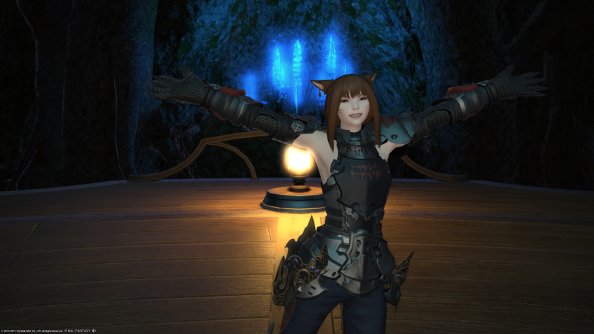
And there you have it – not so scary, right? If you’d like to read more about Final Fantasy XIV, then you can check out our hub of news and content right here; including the original review. I’m also in the midst of reviewing the game’s first expansion: Heavensward, which is already off to a great start.
Don’t be afraid to ask any questions via our comments section below; I’ll answer anything you want as soon as humanly possible.
